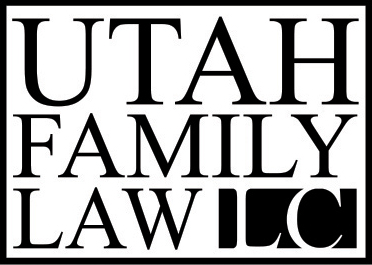Paragraph four of your financial declaration deals with your gross monthly income. Your gross monthly income is your income from all sources. This includes, your income from employment, your work, but also income from all other sources both earned and unearned.[1] The list of possible income sources as it appears on the financial declaration form is fairly long:
| Source of income | Monthly amount |
| Work (Including self employment, wages, salaries, commissions, bonuses, tips and overtime) | $ |
| Rental income | $ |
| Business income | $ |
| Interest | $ |
| Dividends | $ |
| Retirement income (Including pensions, 401(k), IRA, etc.) | $ |
| Worker’s compensation | $ |
| Private disability insurance | $ |
| Social Security Disability Income (SSDI) | $ |
| Supplemental Security Income (SSI) | $ |
| Social Security (Other than SSDI or SSI) | $ |
| Unemployment benefits | $ |
| Education benefits (Including grants, loans, cash scholarships, etc.) | $ |
| Veteran’s benefits | $ |
| Alimony | $ |
| Child support | $ |
| Payments from civil litigation | $ |
| Victim restitution | $ |
| Public assistance (Including AFDC[2], FEP[3], TANF[4], welfare, etc.) | $ |
| Financial support from household members | $ |
| Financial support from non-household members | $ |
| Trust income | $ |
| Annuity income | $ |
| Other (Describe) | $ |
| Other (Describe) | $ |
| Total gross monthly income | $ |
You will also have to provide supporting documents with your financial declaration verifying your gross monthly income, so that your income—from all sources—is accurately reported and calculated.
Your gross monthly income (as opposed to your net, after tax, income) is what is used to calculate child support, if you have minor children.
If your gross monthly is incorrectly overstated and you are the parent ordered to pay child support, you could end up paying more child support than you should.
You may be tempted to understate your income (both gross and net) to avoid paying or to pay less child support and/or alimony or to receive more child support and/or alimony than you should. That is not only wrong, but would likely fail. Courts get lied to all the time about a divorcing party’s income. They (and this includes you) are not nearly as good at lying as they think. Trying to slip something like this past judges and commissioners who get lied too about it on a daily basis is not easy and rarely does not get exposed. Worse, being exposed as a liar invites distrusting you as to other claims you may make in your divorce case pertaining to child custody and parent-time, for example. Once your honesty and credibility are called into question, your burden of proof will be that much higher, and your case will be that much harder.
I’ve stated it before, and I will state it again: make sure your financial declaration is complete and completely accurate.
Utah Family Law, LC | divorceutah.com | 801-466-9277
[1] Utah Code § 78B-12-203(1) defines gross income as follows:
(1) As used in the guidelines, “gross income” includes prospective income from any source, including earned and nonearned income sources which may include salaries, wages, commissions, royalties, bonuses, rents, gifts from anyone, prizes, dividends, severance pay, pensions, interest, trust income, alimony from previous marriages, annuities, capital gains, Social Security benefits, workers’ compensation benefits, unemployment compensation, income replacement disability insurance benefits, and payments from “nonmeans-tested” government programs.
[2] Aid to Families with Dependent Children, a federal assistance program replaced by TANF in 1997.
[3] The Federal Employees Health Benefits (FEHB) Program is a system of “managed competition” through which employee health benefits are provided to civilian government employees and annuitants of the United States government. The government contributes 72% of the weighted average premium of all plans, not to exceed 75% of the premium for any one plan (calculated separately for individual and family coverage). (Federal Employees Health Benefits Program – Wikipedia)
[4] Temporary Assistance for Needy Families (TANF /tænɪf/) is a federal assistance program of the United States. It began on July 1, 1997, and succeeded the Aid to Families with Dependent Children (AFDC) program, providing cash assistance to indigent American families through the United States Department of Health and Human Services. TANF is often regarded as just “welfare”, but some argue this is a misnomer. Unlike AFDC, which provided a guaranteed cash benefit to eligible families, TANF is a block grant to states that creates no federal entitlement to welfare and is used by states to provide non-welfare services, including educational services, to employed people.
